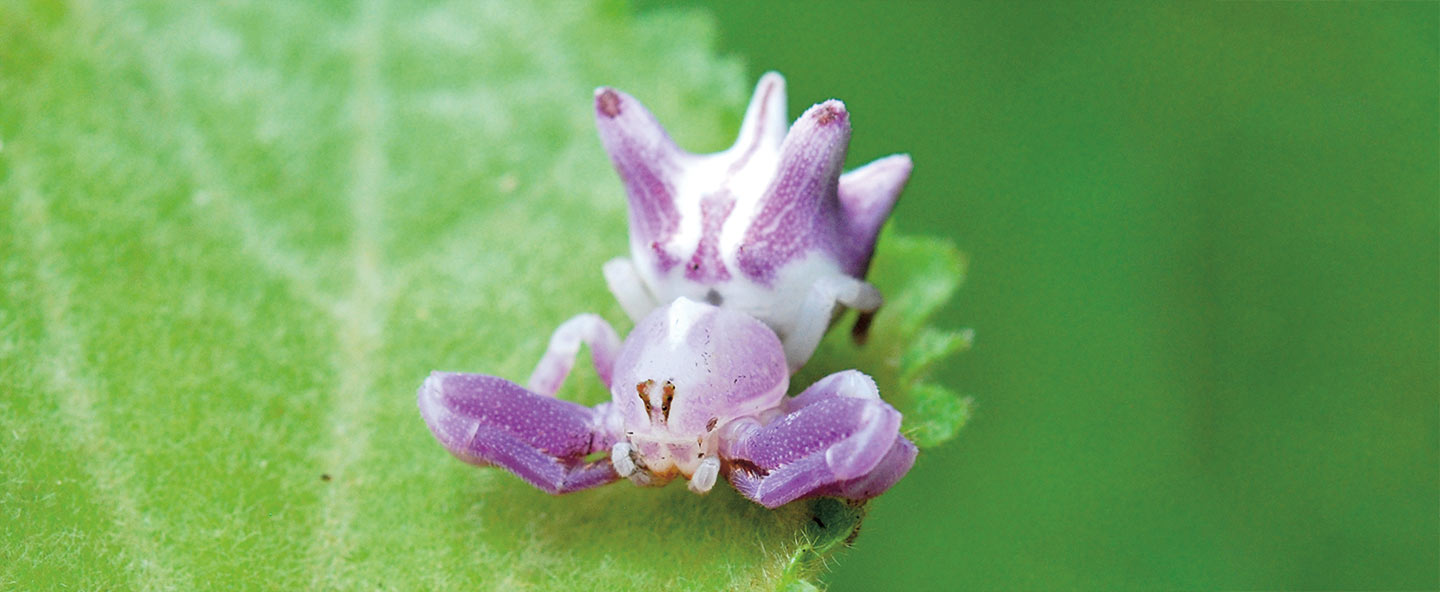You may dress up for Halloween this month. But some animals are in costume all the time. It’s how they snag their dinner—or avoid becoming someone else’s meal. “Camouflage and mimicry are the two best-known animal defenses,” says Tom Sherratt. He’s a biologist at Carleton University in Canada.
Camouflage helps animals blend in with their surroundings. Mimicry makes them look like an entirely different animal or plant. Both tricks are adaptations that help the animals survive.
Many species use these tactics to hide from predators or ambush prey. But a few have especially clever ways of going undercover. Read on for five examples of amazing animal costumes.
You may dress up for Halloween this month. But some animals are in costume all the time. These animals may have special coloring or shape to help them blend in with their surroundings. This is called camouflage. Animals may also look like other animals. This is called mimicry.
These adaptations help creatures survive. “Camouflage and mimicry are the two best-known animal defenses,” says Tom Sherratt. He’s a biologist at Carleton University in Canada.
Many animals use these tricks to sneak up on their meals. Other animals use these tactics to avoid becoming someone else’s dinner. A few even have extra-clever ways of going undercover. Read on for five examples of amazing animal costumes.

